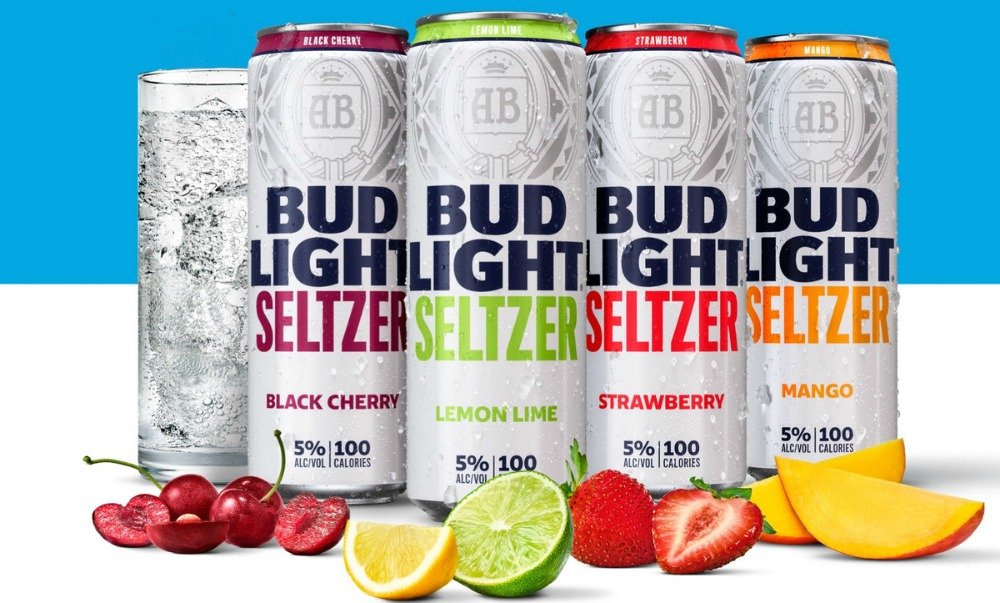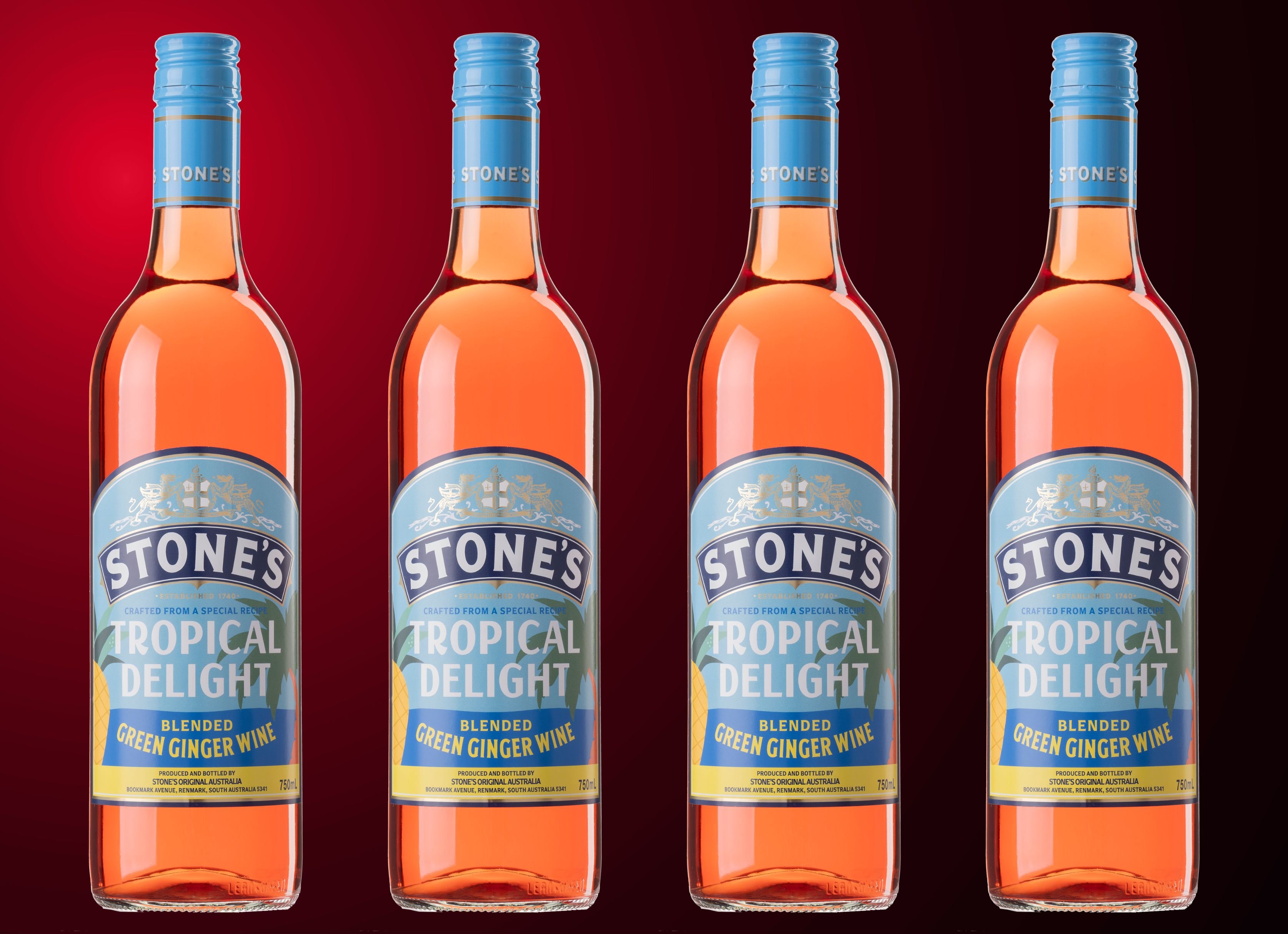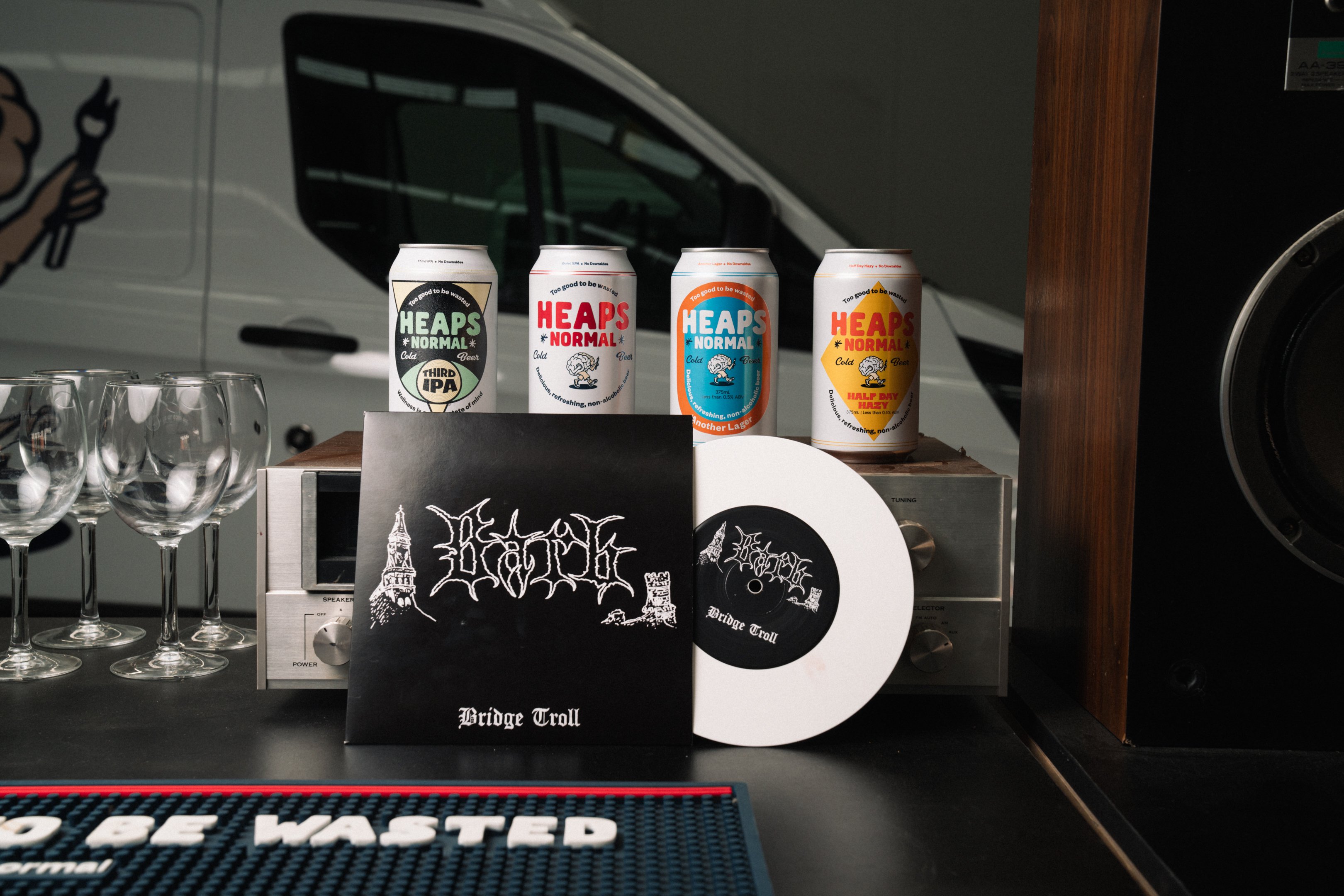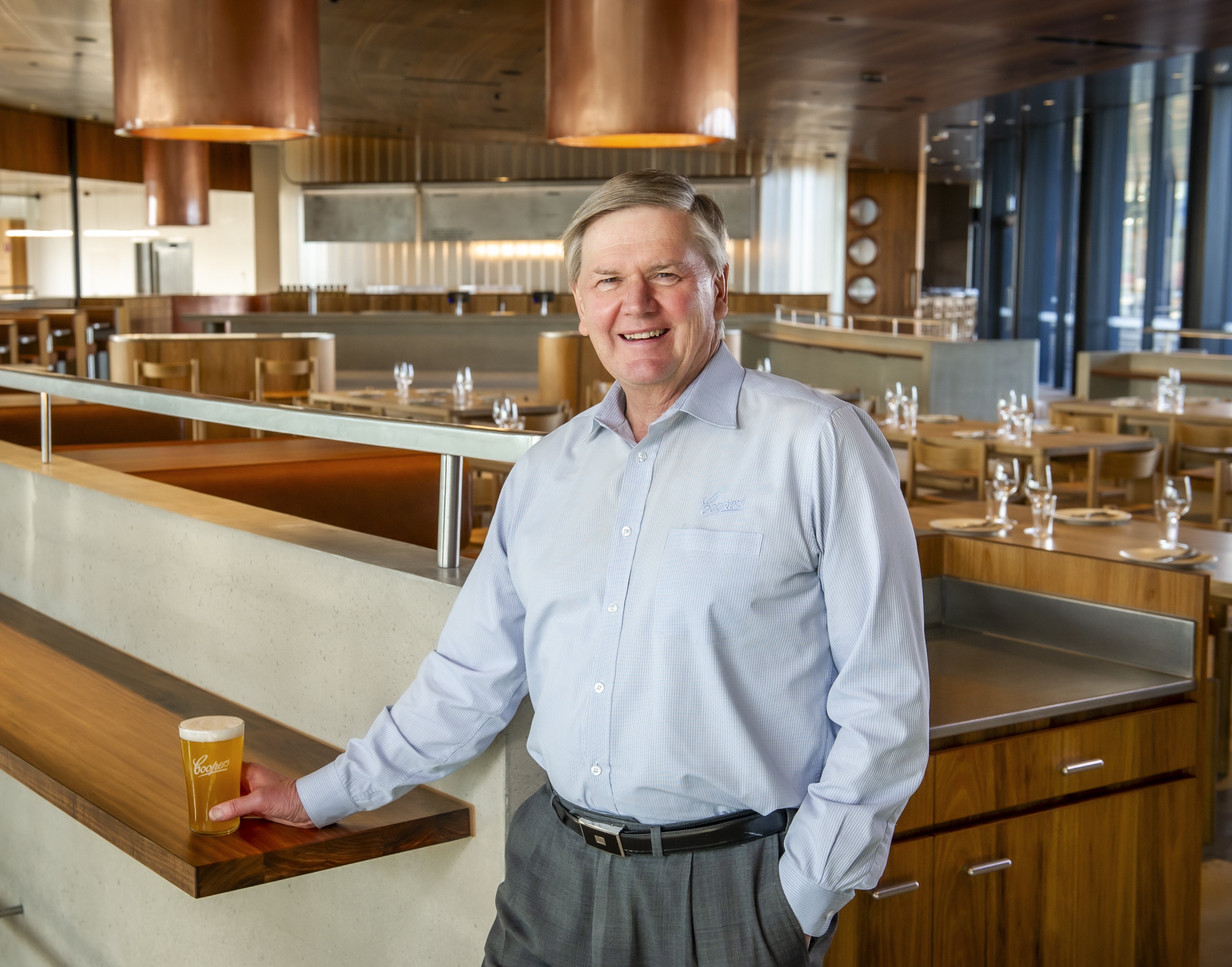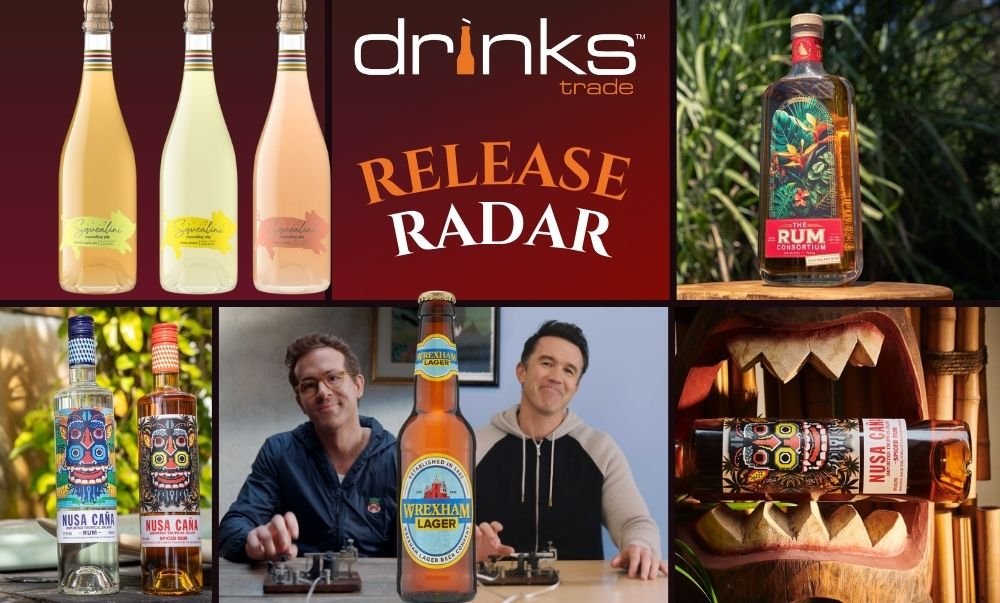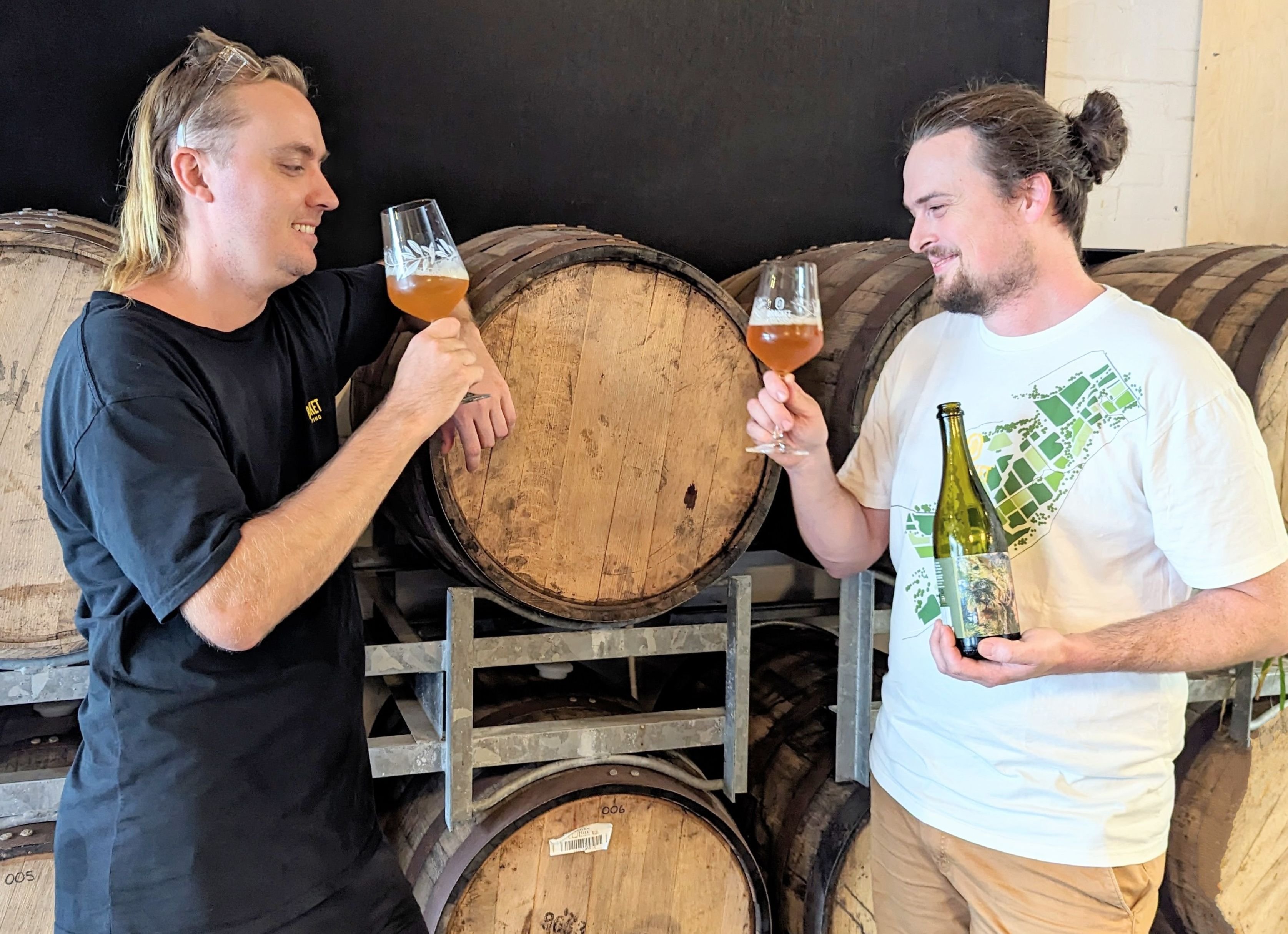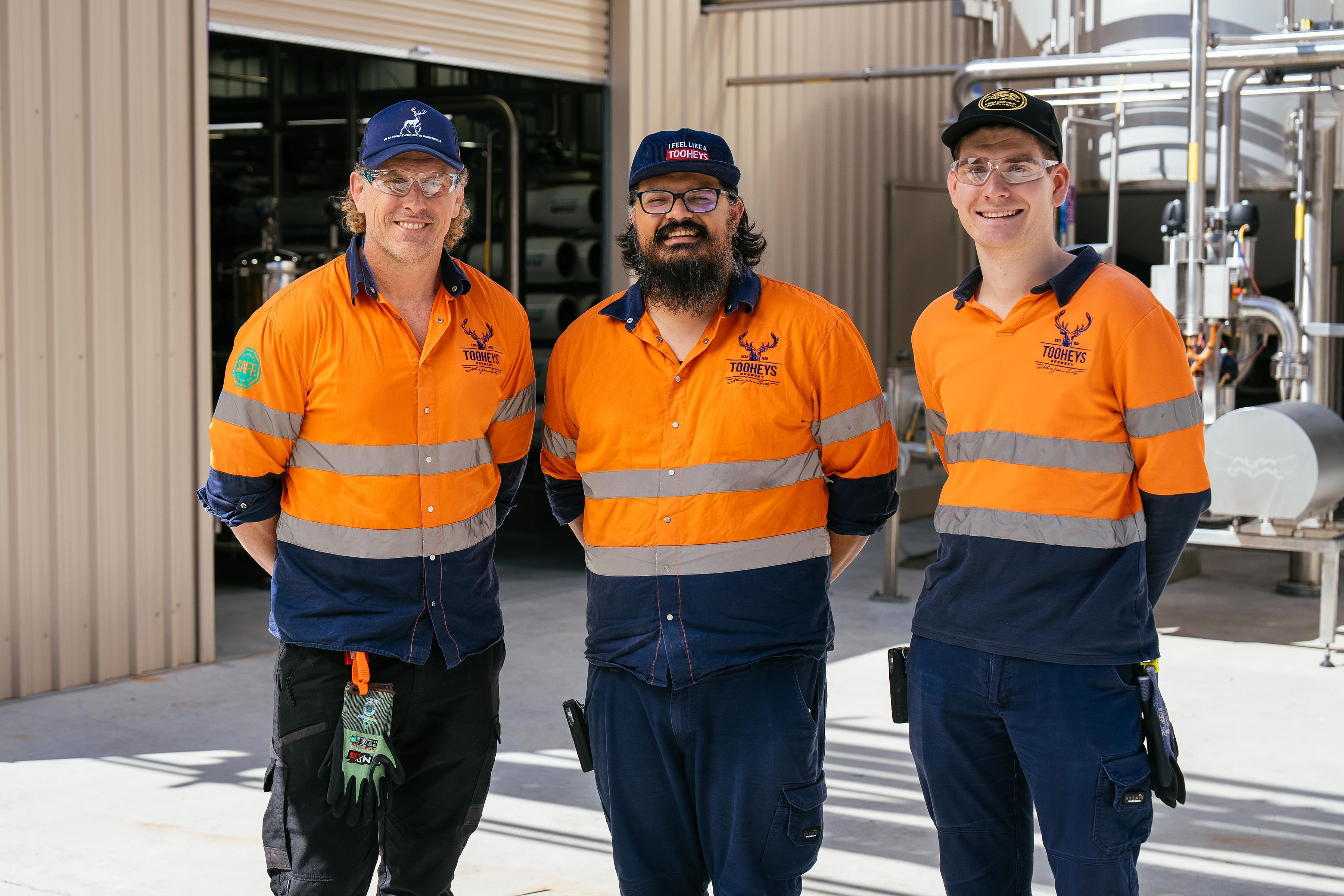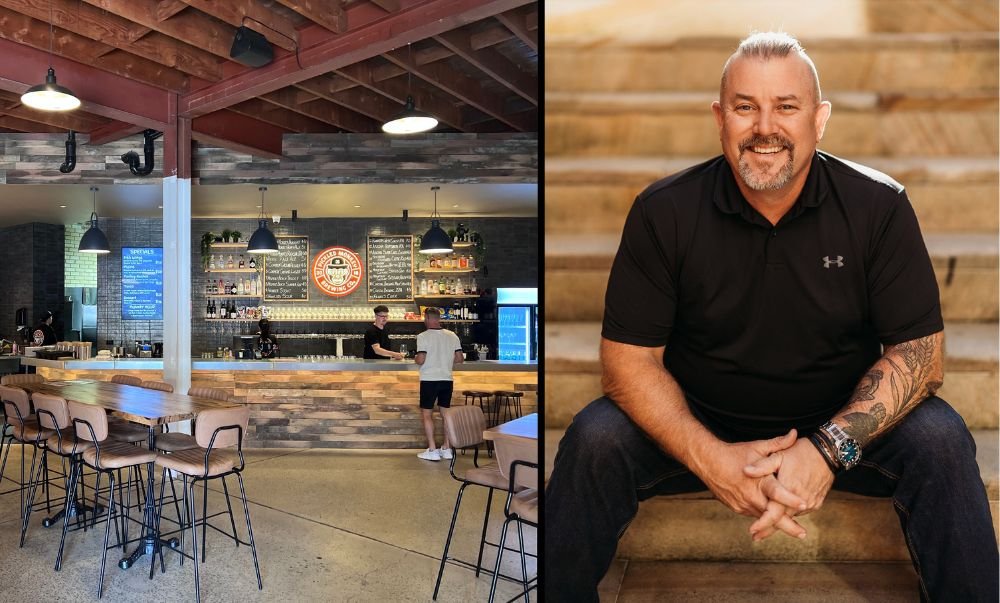AB InBev is upping the ante in the fast-growing "hard seltzer" market, revealing it will launch Bud Light Seltzer next year.
Data from Nielsen shows sales of alcoholic seltzer in the United States have skyrocketed 193% since last year. In the first six months of 2019 Americans spent $389 million on the new sub-category according to a Nielsen survey of supermarkets and other beverage retailers, an increase of 210% from 2018.
Massive shortages of hard seltzer market leader White Claw were reported across the country during the US summer.
AB InBev already has two products in the hard seltzer category, Bon & Viv and Natty Light, but hopes that leveraging the most popular beer brand in the US will give it an extra leg up on the competition.
Bud Light Seltzer will come in four fruit flavours, each containing 5% alcohol by volume, 100 calories, two grams of carbs and less than one gram of sugar.
The company’s vice president of marketing Andy Goeler told Forbes: "Hard seltzer is bringing consumers back to the beer category. Expanding our hard seltzer portfolio with Bud Light Seltzer and the power of our distribution network will only help the category grow which is great for beer overall."
CNBC notes: "This is part of a wider transformation underway at AB InBev, which is revamping its established product-development and marketing methods. The strategy centers around growing its market-leading portfolio of existing brands while introducing “beyond beer” products, in particular hard seltzers, a category the company is pouring $100 million into next year."
The man who's made billions from hard seltzer
Alcoholic seltzer – or “hard selzter” as it is called in the US – was a major talking point for Danny Brager, Nielsen Senior Vice-President, US Beverage Alcohol Practice, during his keynote speech at the Drinks Association Network Breakfast in October.
According to Brager, market leader White Claw had the advantage of being one of the first alcoholic seltzers to hit the market in 2016. Its creator had already experienced huge success with Mike’s Hard Lemonade and was a savvy operator in the “hard” drinks category.
“The brand also has an amazing social media presence and has really taken on a life of its own,” Brager said. “There are even White Claw fan clubs, it really is a brand that transcends product.”
The owner of parent company Mark Anthony Brands, Anthony von Mandl (above), now has a net worth of about $US3.4 billion ($5 billion), according to the Bloomberg Billionaires Index.
"This summer Mark Anthony Brands became America's fourth largest beer company," Jamie Dammrich, a spokeswoman for the company, told Bloomberg. "The US business' growth is 85% this year and accelerating and is estimated to deliver close to $US4 billion in revenue in 2020."
Lion recently released Australia's first major seltzer brand, Quincy,
Brager noted that while being one of the first alcoholic seltzers in the market in the US has been an advantage for White Claw, Australia was a very different playing field.
“In the US the largest channel for White Claw is supermarkets,” Brager said. “In Australia selzter manufacturers will be relying on liquor stores and fighting for shelf space.
“Suppliers will have to think about marketing seltzers a bit differently here. In the US they have the advantage of being an impulse purchase when shoppers are picking up supplies for the beach and other summer occasions. Getting share of mind in Australia will be more challenging.”
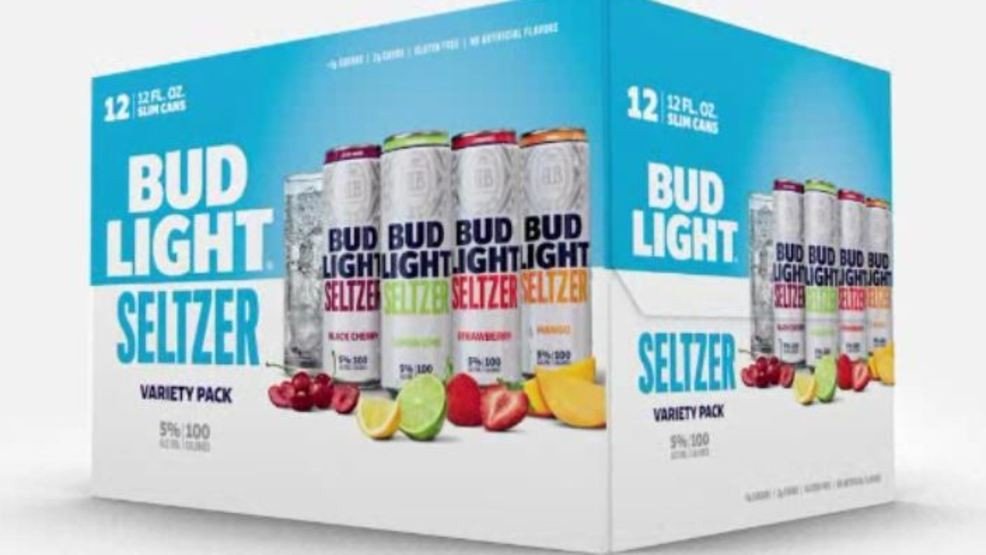
He said offering a variety of flavours was key to success, with two thirds of alcoholic seltzers in the US being marketed in mixed packs.
Brager said manufacturers also faced the barrier of lack of awareness of “selzter” in Australia. whereas the “hard” drinks market and non-alcoholic seltzers were already well established in the US.
During his meetings with drinks companies in Australia, Brager said seltzers were a major topic of conversation, however the concern was: “while people in the industry have heard about it, have consumers?”
Share the content
